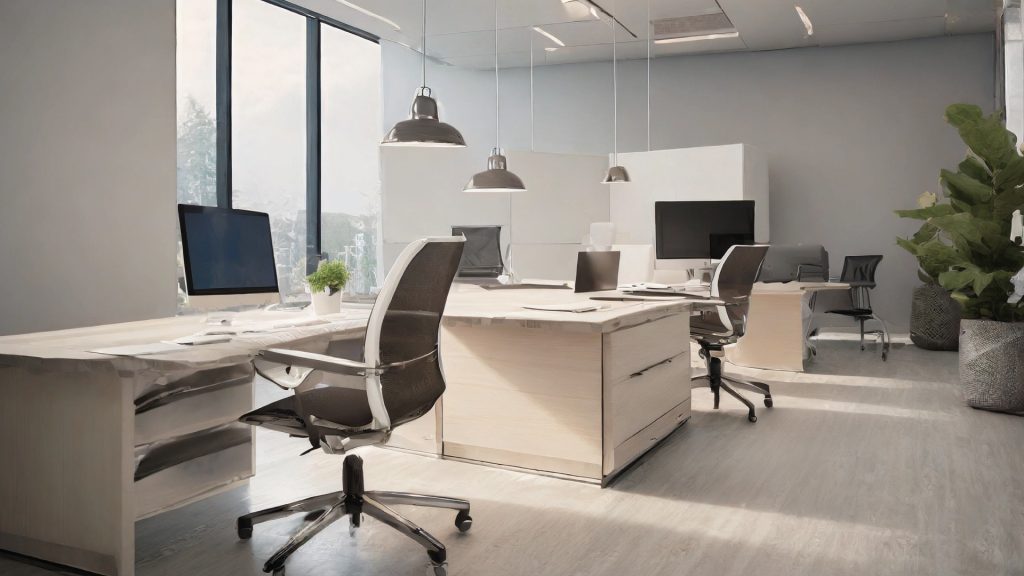In today’s fast-paced working environment, productivity forms the cornerstone of successful businesses and satisfied workers. Yet, a critical factor often overlooked is how our physical workspace influences our efficiency and wellbeing. In this post, we’ll explore the transformative impact of ergonomic furniture on workplace productivity, and why making the switch is not a luxury, but an essential move for modern businesses.
Benefits of Ergonomic Furniture
Improved Posture and Comfort
Ergonomic furniture is designed to support the natural curvature of the spine, promoting a healthy sitting posture that mitigates discomfort. With features such as adjustable armrests, lumbar support, and headrests, employees can maintain comfort throughout their workday, leading to less fatigue and more focus.
Reduced Risk of Musculoskeletal Disorders
Office work often involves prolonged periods of sitting, which can lead to musculoskeletal disorders (MSDs). Ergonomic furniture reduces the risk of MSDs by ensuring that workstations conform to the user’s body, reducing strain on muscles and joints and the potential for chronic pain.
Increased Focus and Concentration
Discomfort and pain are notorious for causing distractions. An ergonomic setup mitigates such distractions by allowing professionals to focus on their tasks without fidgeting or needing to take frequent breaks to stretch and realign their posture.
Enhanced Employee Morale and Satisfaction
When businesses invest in ergonomic solutions, it sends a clear message to employees that their well-being is valued. This can boost morale and job satisfaction, which in turn contributes positively to overall productivity and company culture.

Types of Ergonomic Furniture
Ergonomic Chairs
The cornerstone of any ergonomic workspace, these chairs come with adjustable features to suit individual needs, ensuring that the user’s feet are flat on the ground and the spine is aligned.
Adjustable Desks
Standing desks or sit-stand desks enable users to alter their position throughout the day, offering the flexibility to work in a manner that boosts their energy levels and productivity.
Ergonomic Accessories
Items such as keyboards, mice, and monitor stands can significantly affect posture and ease of use. Ergonomic accessories are designed to minimize awkward movements and enhance user comfort.
Case Studies and Examples
While I was unable to directly source specific case studies through the web scraping tool, research consistently shows that companies embracing ergonomic furniture report lower absenteeism, greater employee retention, and significant increases in productivity.
Conclusion
The integration of ergonomic furniture into the workplace is more than good practice—it’s vital for the health and efficiency of the modern workforce. To maximize workplace productivity, investing in ergonomic solutions is an essential strategy for both employee welfare and the company’s bottom line.
Remember, while ergonomic furniture has an upfront cost, the return on investment is substantial, paving the way for healthier, happier, and more productive employees. It’s an investment worth making for the future of any business.

